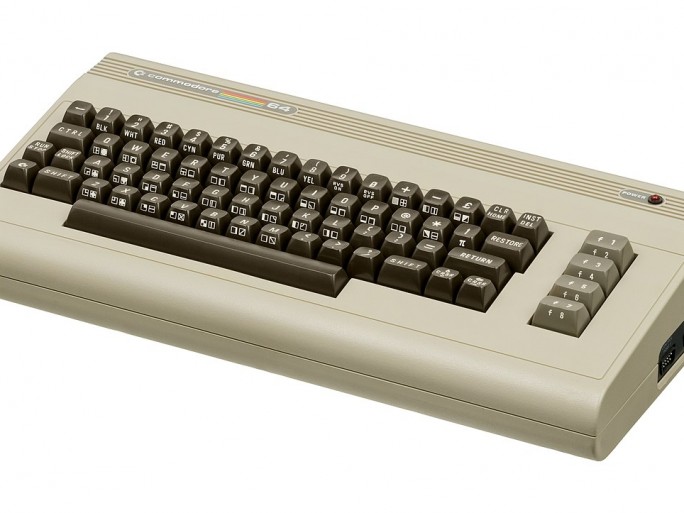Retro Computing Museum Destroyed By Russian Bombing

Hundreds of retro computers and consoles destroyed as museum in Mariupol is destroyed by Russian bombing campaign in the Ukraine city
The city of Mariupol in the south east of Ukraine has been devastated by Russian bombing, that has reportedly killed many of its citizens.
Besides the tragic loss of human life, another victim of Russia’s attacks on the city has emerged. A private museum that housed a collection of retro computers and consoles has reportedly been destroyed as well.
The IT 8-bit museum in Mariupol began life nearly two decades ago by Dmitriy Cherepanov, who started a collection of retro computers, that grew into an internationally-known collection of historic computing devices.
![]()
Retro computing
IT 8-bit had reportedly been closed since the Covid pandemic landed, and the museum is said to have housed over over a 120 retro computing devices, including some old-school Apple and Atari hardware, along with Soviet-era computers.
Cherepanov first reported the loss of the museum on Facebook.
In response to a tweet of the loss, the news was then confirmed by the Ukrainian Software and Computer Museum account, which operates museums in Kharkiv and Kyiv.
Unfortunately it’s true. Dmitry and I met personally in his museum a few years ago. It was really good collection. But now Dmitry is in the safe place. This is most important thing in the current situation. Слава Україні.
— Software & Computer Museum (@sncmuseum) March 24, 2022
According to Cherepanov the small building housing the museum was bombed sometime after 15 March.
Ukraine losses
While the loss of this museum in no way matches the tragic loss of life caused by the invading Russian forces, who also bombed a maternity hospital in the city, the destruction of the Mariupol Computer Museum is still another sad event.
And Russia’s war in Ukraine is impacting the world in a number of ways – some of them surprising.
Last week the National Academy of Sciences of Ukraine (NASU) confirmed that leading semiconductor physicist Vasyl Kladko had died amidst a Russian incursion in the Kyiv area.

Vasyl Petrovych Kladko was best known for his work on using high-resolution X-ray diffraction to locate defects in semiconductors. The process is particularly important as computer chips grow smaller and more complex.
Kladko died on Sunday, 13 March in Vorzel, a north-western suburb of Kiev, when Russian troops entered the area, according to NASU.
He was reportedly helping his wife and grandchildren evacuate the area at the time.
Ukraine meanwhile has also halted neon production in early March, raising fears that the move could contribute to the global squeeze on semiconductor production.
Ukraine supplies more than 90 percent of US semiconductor-grade neon, which is critical for the lasers used in chipmaking.
The gas, a biproduct of steel manufacturing in Russia, was purified in Ukraine before being exported.
Ukraine’s two leading suppliers of neon halted production earlier this month.
Ingas and Cryoin are said to be responsible for between 45 to 54 percent of the world’s semiconductor grade neon.
Ingas was based in Mariupol, whereas Cryo is located in Odessa.